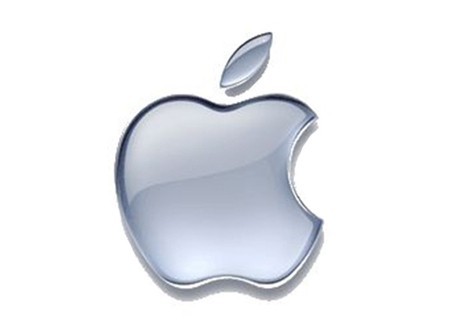Apple — and Italy
Post on: 2 Апрель, 2015 No Comment

By Allan Sloan Columnist December 4, 2014
Have financial markets lost their collective mind? In some ways, it’s starting to look like that. Here is the United States, whose bonds are the world’s safest investment, if only because the federal government can print dollars to redeem them, paying a higher interest rate to borrow money than less-than-prime credits such as Italy. And also, as it turns out, the U.S. Treasury is paying more to borrow money than Apple is.
Don’t believe that? Here’s the math. When last I looked, the rate on 10-year Treasury securities, a key market benchmark, was 2.28 percent. Meanwhile, not only was highly creditworthy Germany (0.75 percent) paying less to borrow than the United States, but so were not-so-great credits like Italy (1.98 percent) and Spain (1.83 percent). What’s more, these countries are borrowing in euros, which none of them can print.
Allan Sloan is a columnist for The Washington Post. He is a seven-time winner of the Loeb Award, business journalism’s highest honor. View Archive
Then there’s my favorite irrationality: Apple, which recently sold 8- and 12-year euro-denominated securities at rates way below equivalent U.S. Treasury rates — 1.08 percent and 1.67 percent, compared with 2.16 percent and 2.45 percent. Yes, Apple may be so profitable that it coins money in the metaphorical sense. But it doesn’t do so in the literal sense, and the U.S. government does.
This irrational stuff makes me feel uneasy as an investor and should make you uneasy, too. So should other excesses, including the bidding wars for higher-end residential and commercial real estate in Manhattan, San Francisco and other parts of the country, and the ridiculous prices being paid in high-end art auctions. It feels like some sort of market top.
How should we retail investors think about this? Very warily.
People, including me, have said for years that the bond market is a bubble that will pop when rates rise. But so far, anyone ignoring these warnings has reaped hefty returns as falling interest rates have driven up prices of existing securities.
But just because something irrational has been going on for a long time doesn’t mean that it will continue indefinitely. Corporations are locking up long-term money at very low rates now because they can. Someday, the borrowers will be taking victory laps, and owners of their debt securities will be weeping and wailing. I just don’t know when.
Then there are U.S. stocks. In mid-September, it began to look as if the long-predicted stock market “correction”— Wall Street’s euphemism for falling prices — was underway. The Standard & Poor’s 500-stock index fell about 7 percent from mid-September to mid-October. But just as correction predictors were starting to take victory laps, stocks roared back and began reaching one new high after another. Go figure.
In a world of nutso interest rates and roller-coaster stock prices, what’s an investor to do? I don’t see anything screaming, “Buy me, I’m a bargain.” U.S. stocks — the only ones I feel qualified to discuss — certainly aren’t cheap by historical measures and may well be overpriced. But even so, they feel a lot less bubbly than bonds do.
Let me offer one reason why. The dividend yield on the low-cost S&P 500 index fund I own is currently 1.91 percent, which is competitive with the yield on 10-year Treasurys. That helps explain why people like me — I’m 70 years old and looking for income to see me through my golden years — have bought stocks with money we would normally invest in bonds.

Owning an S&P index fund is definitely riskier than owning a 10-year Treasury. If you hold a Treasury to maturity — the way that a retail investor should think about fixed-income securities — you are sure to get your principal back. But if you hit the stock market wrong, your S&P fund can fall 50 percent, as we saw in the 2007-2009 bear market.
On the income side, however, the interest you get from a 10-year Treasury is fixed, but the dividends on an S&P fund — in dollars, not as a percentage of the fund’s share price — are likely to rise over time.
I’m not telling you to use an S&P fund for income — many advisers would tell you it’s too risky. I’m just showing you a somewhat unconventional way to think about investing.
The one thing you shouldn’t do is try to time the market or obsess over day-to-day movements. Tune out the daily babble from experts, real or imagined, who are telling you what to do right now.
Finally, if you feel you can’t afford to risk substantial losses on your investments or if the world simply seems too weird for you, there’s no disgrace in stashing cash in a money-market fund. Yes, you’ll be earning essentially nothing. But in an irrational world, waiting to see what happens in a year or two is a perfectly rational thing to do.
Sloan is Fortune magazine’s senior editor at large.














